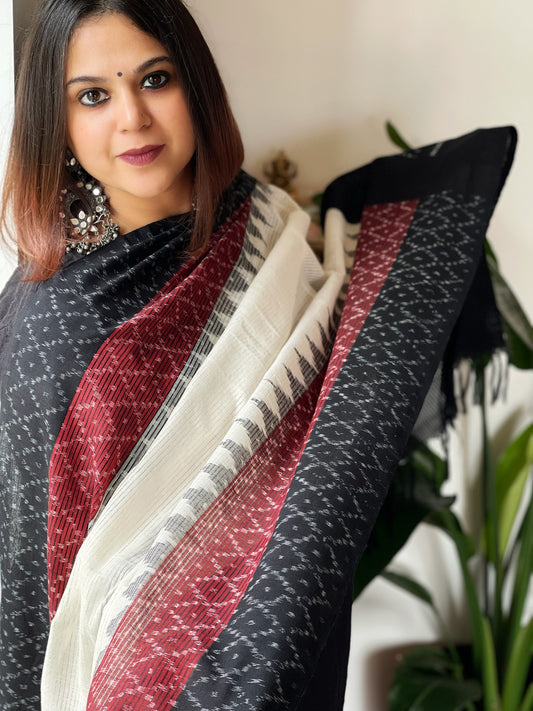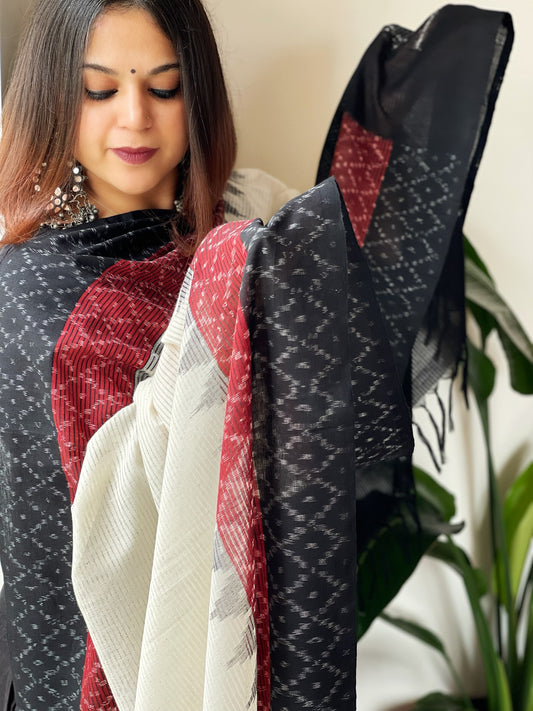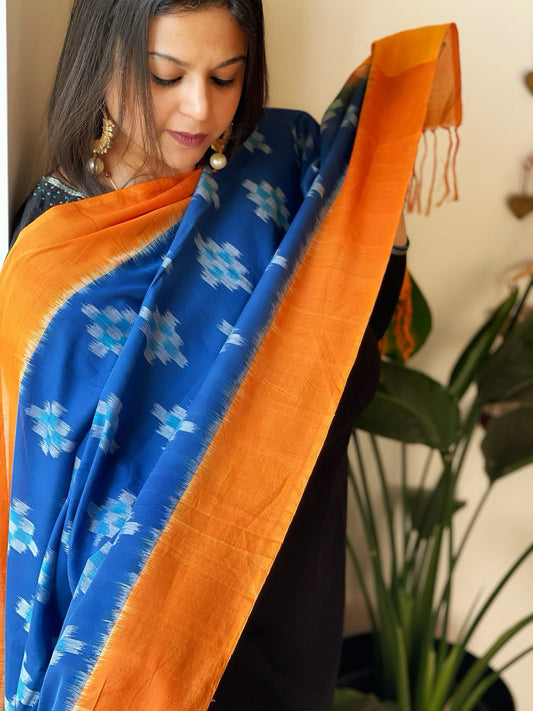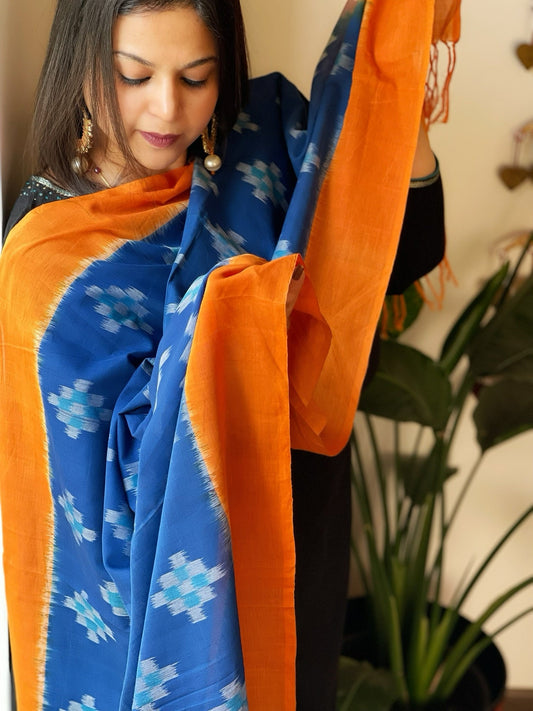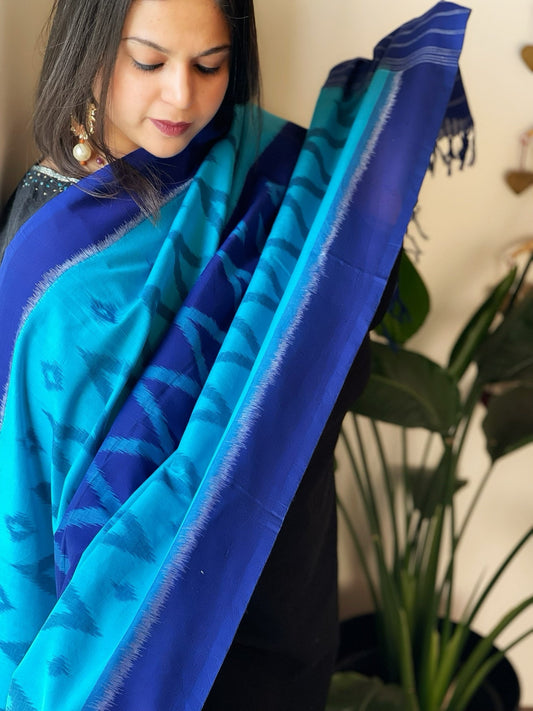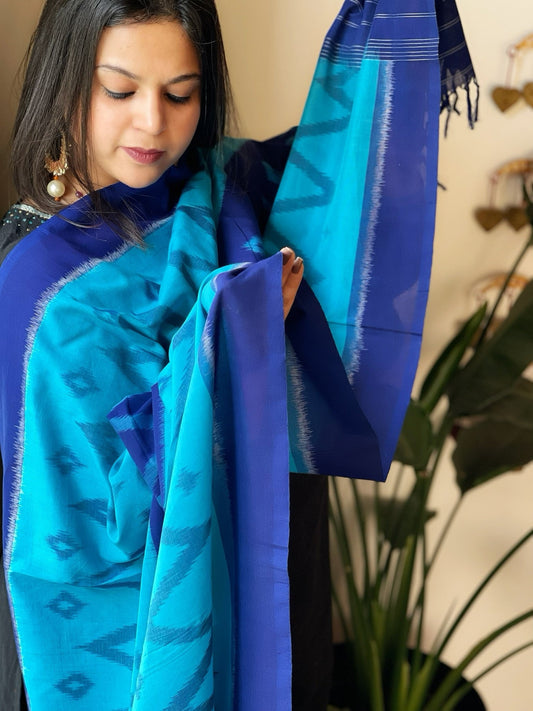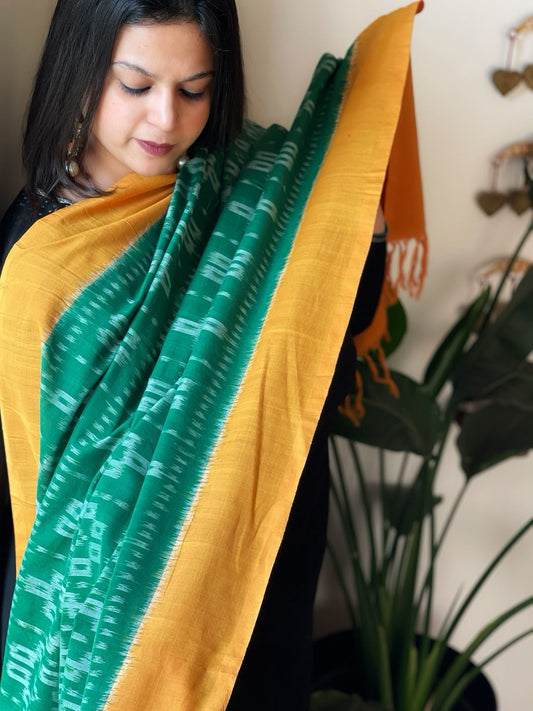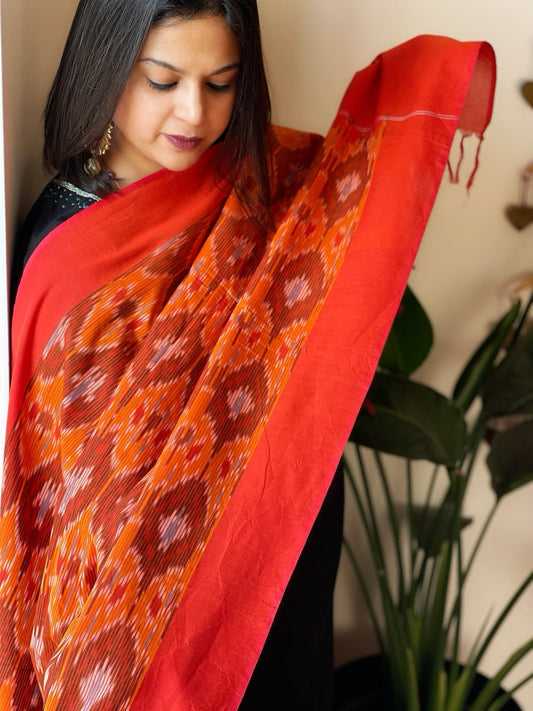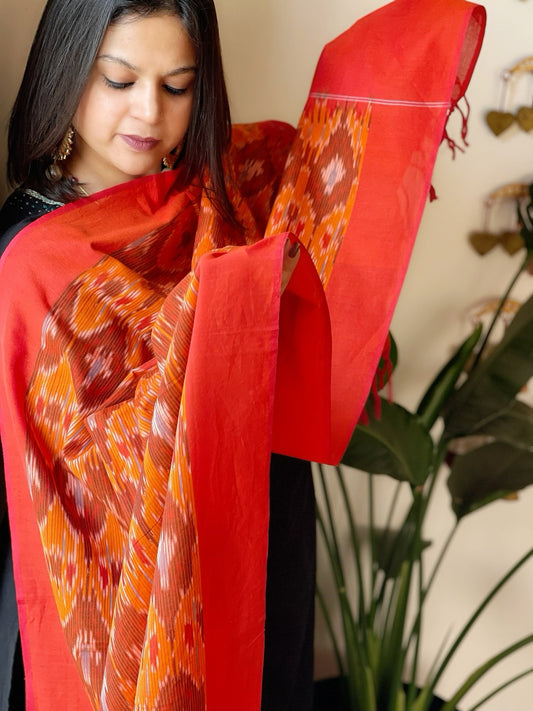Why Rai Bandhej Dupattas Remain a Timeless Fashion Accessory
Ever noticed the burst of vibrant colours in a crowded Indian market? Chances are you've spotted the mesmerising Rai Bandhej Dupattas. These traditional Indian scarves are not just a fashion statement, but they also tell a story of heritage, artistry, and painstaking craftsmanship. They are a vibrant testament to India’s rich textile legacy, effortlessly combining old-world charm with contemporary fashion sensibilities.
Designing these dupattas isn't a piece of cake, it involves a complex, intricate process that's been passed down through generations. This isn't just about creating a piece of cloth, it's about keeping a centuries-old tradition alive, and it's about art that you can wear.
So, let's unravel the secrets behind these colourful dupattas and discover the magic that goes into making each piece truly unique. From the selection of fabric to the final dyeing process, every step in crafting a Rai Bandhej Dupatta is a labour of love. It’s time to appreciate not just the timeless elegance of these dupattas, but also the skill and effort that go into creating these beautiful pieces.
History of the Rai Bandhej Dupatta
The Rai Bandhej Dupatta hails from the vibrant state of Rajasthan, India. Its history is as colorful and complex as the dupatta itself. The art of Bandhej or Bandhani, practiced mainly in the states of Rajasthan and Gujarat, dates back to 4000 BC. "Rai" is the Hindi term for mustard seed, and this reflects the tie-dye technique that's impressively fine, with every knot as tiny as a mustard seed.
The Rai Bandhej Dupatta is a product of this traditional technique. It became popular during the era of kings and queens who wore it as a symbol of nobility and elegance. The art of making these dupattas was passed down through generations and has now become a significant part of Rajasthan's cultural heritage.
The Intricate Process of Crafting Rai Bandhej Dupattas
To appreciate the true beauty of Rai Bandhej Dupattas, it is essential to understand the intricate craftsmanship that goes into creating these stunning pieces. The process of making Rai Bandhej involves several stages, each requiring skill, precision, and patience from the artisans.
1. Designing the Pattern
Every Rai Bandhej Dupatta begins with a carefully designed pattern, which is created by skilled artists using a combination of traditional motifs and contemporary styles. The design is drawn on tracing paper or cloth, which is then placed on the fabric chosen to create the Dupatta.
2. Tying the Fabric
The tying stage is the foundation of creating beautiful Rai Bandhej patterns. Artisans use fine cotton or silk threads to meticulously tie the fabric according to the design. The tying process determines the final pattern and often involves hundreds of small, tight knots to create the distinctive Rai Bandhej dots.
3. Dyeing the Fabric
Once tied, the fabric is ready for dyeing. Typically, traditional vegetable dyes are used in Rai Bandhej, producing an array of vibrant and bold colours. The dyeing process starts with lighter shades, followed by darker hues. The fabric is immersed in the dye bath, allowing the colour to penetrate the untied portions. The tied sections remain uncoloured, creating stunning patterns once the threads are removed.
4. Unveiling the Pattern
After dyeing, the fabric is rinsed, and the threads are carefully removed to reveal the intricate patterns created by the artisans. The Dupatta is then washed and dried to allow the colours to set. Finally, the Rai Bandhej Dupatta is ready to be worn and admired for its intricate craftsmanship and mesmerising design.
The true and natural texture of the Bandhej Dupatta is the crumpled texture, which shows that every dot was meticulously hand-tied and then dyed. Most of the Bandhej craft aficionados prefer to keep the texture 'as is' and choose not the iron the dupatta. Once ironed, it loses its charm and can be confused with a Bandhej 'printed' dupatta.
Creating the traditional Rai Bandhej Dupatta is a meticulous process that requires immense patience and skill. The duration to make one largely depends on the intricacy of the design and the expertise of the artisan, and typically, it takes about 3-4 days to make it.
One of the primary challenges in making Rai Bandhej Dupatta is the creation of consistent patterns. The traditional method involves tying the fabric by hand, which requires a keen eye and steady hand.
Uneven dyeing is another common imperfection that may arise during the making of Rai Bandhej Dupatta. If the fabric is not properly tied or if the dye is not evenly distributed, it can result in uneven coloration. This can also occur if the dye bath is not kept at a consistent temperature.
Styling Your Rai Bandhej Dupatta for Different Occasions
Rai Bandhej Dupattas have the power to enhance any outfit, making them a versatile addition to your wardrobe. Here are some creative ways to style your Rai Bandhej Dupatta for various occasions:
1. Creating a Festive Look
For a festive ensemble, drape a vibrant Rai Bandhej Dupatta over a heavily embroidered Anarkali suit, ensuring the intricate Dupatta pattern complements the embroidery beautifully—accessorise with traditional jhumkas and bangles for a complete festive look that exudes grace and charm.
2. Dressing up Your Office Outfit
Elevate your office outfit by pairing a subtle Rai Bandhej Dupatta with a solid-coloured kurta and palazzo pants or cigarette trousers. The Dupatta adds a pop of colour and interest without being overpowering, making you stand out at your workplace in a sophisticated manner.
3. Accentuating Casual Attire
Taking a casual outfit up a notch is easy with a bold Rai Bandhej Dupatta. Drape the Dupatta over a basic kurta, leggings, pants and palazzo, adding a striking element to an otherwise simple ensemble and showcasing a fusion of tradition and modernity.
Promoting Sustainable Fashion and Conservation of Traditional Art Forms
Embracing Rai Bandhej Dupattas is not just about making a style statement; it is also about supporting sustainable fashion and preserving traditional art forms for future generations. Choosing handmade Rai Bandhej Dupattas helps revitalise the craft, empowers local artisans, and reduces the burden on the environment as these Dupattas are often created using eco-friendly dyes.
By opting for handmade, artisanal clothing that showcases our rich cultural heritage, you adopt a more mindful and sustainable approach to fashion. By incorporating these beautiful Dupattas into your wardrobe, you celebrate tradition, support craftsmanship, and contribute to the conservation of one of India's precious textile arts.
The Artistry and Sophistication of Rai Bandhej Dupattas
The intricate craft of Rai Bandhej, which creates mesmerising Dupattas perfect for various occasions, is a testament to India's diverse and vibrant culture. Adopting Rai Bandhej Dupattas as part of your wardrobe is not only a matter of style but also a medium for preserving ancient traditions and supporting talented artisans.
As you drape yourself in the incredible beauty of a Rai Bandhej Dupatta, you become an ambassador for our rich cultural heritage—a fashion statement that carries a legacy worth cherishing for generations.
Immerse yourself in the vibrant world of Rai Bandhej Dupattas by exploring Masakalee’s exclusive collection, which is made by skilled artisans who are dedicated to preserving this ancient art form. Add an exquisite touch of tradition and elegance to your wardrobe today!


